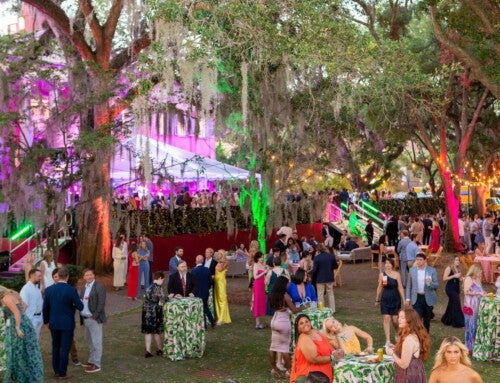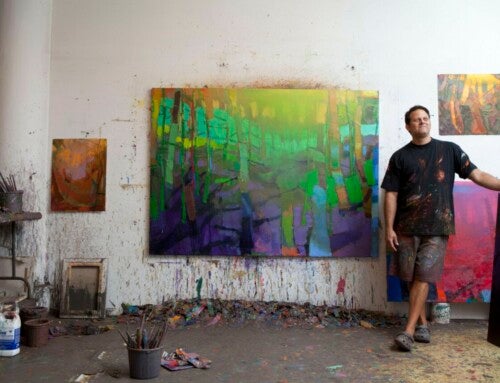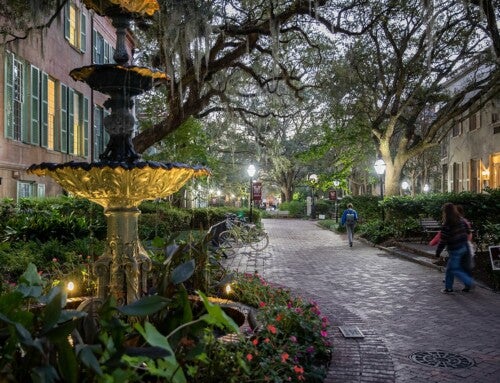By Joey D’Achille
When College of Charleston alumna Alexandra Seaman ’14 decided to leave Charleston in 2015, she sold nearly all of her belongings and bought a one-way ticket to Hawaii, assuming she wouldn’t be back.
But not only did Seaman return to the Holy City one year later, she came back with a mission: to introduce Charleston to the concept of ecstatic dance, a new type of freeform expression that incorporates elements of meditation.
Here’s how it works: A DJ, usually someone local, creates an original set lasting about two hours, and the participants dance to the rhythms however they want, for as long as they want. Each session opens with the group forming a circle on the floor and doing introductions before the instructor runs through the rules, such as no talking during dance and no shoes.
The next 90 minutes or so are filled with unique movements and personal bodily expressions – nearly nonstop dancing with no form or restrictions. It takes time for some people to get moving, while others take to it immediately. But in the end, everyone seems to walk away with a sense of ease. It all closes with another circle in which everyone restates their names and anyone who wishes can offer feedback or reflections on the session.
And while freeform, meditative dance accompanied by a DJ may sound like a rave or some Woodstock-type environment, a key rule is that participants must be completely sober.
Seaman stumbled upon ecstatic dance while living in the small town of Pahoa, Hawaii. Every Sunday, what seemed to her like the whole town would gather in a community space and dance. She was intrigued by how free of judgement the participants seemed, but just as importantly, she was inspired by the fact that the entire community came together as one to publicly share this freedom.
“Ecstatic dance could seem to some silly or minor,” Seaman says. “But it’s a true platform for community building, self-liberation, and the awakening of the very wild spirit that’s been so suppressed by the status quo. It’s an opportunity to embrace who we actually are, and to break down the barriers of fear and separation.”
After returning to Charleston and reflecting on her own personal growth in Hawaii and the strong community she encountered there, Seaman realized that ecstatic dance could be well-received in Charleston and beneficial to its residents. And so, she set out to put Charleston on a liberating path with ecstatic dance.
Seaman came to the College having studied formal dance styles such as jazz, ballet and hip-hop. While at CofC, she got into the less rigid practice of yoga, and, ultimately, she learned the completely unconfined practice of ecstatic dance. She says this progression away from ruled and structured dance toward a more open and quasi-spiritual exercise mirrors her own personal trajectory.
She also credits her classes as a communication major and Spanish minor and her time in Hawaii as essential elements in her personal growth.
“For me,” Seaman says, “it is an opportunity to break free from all of the self-consciousness and self-judgment and just express yourself as exactly who you are and how you are.”
Feature photo by Reese Moore.






